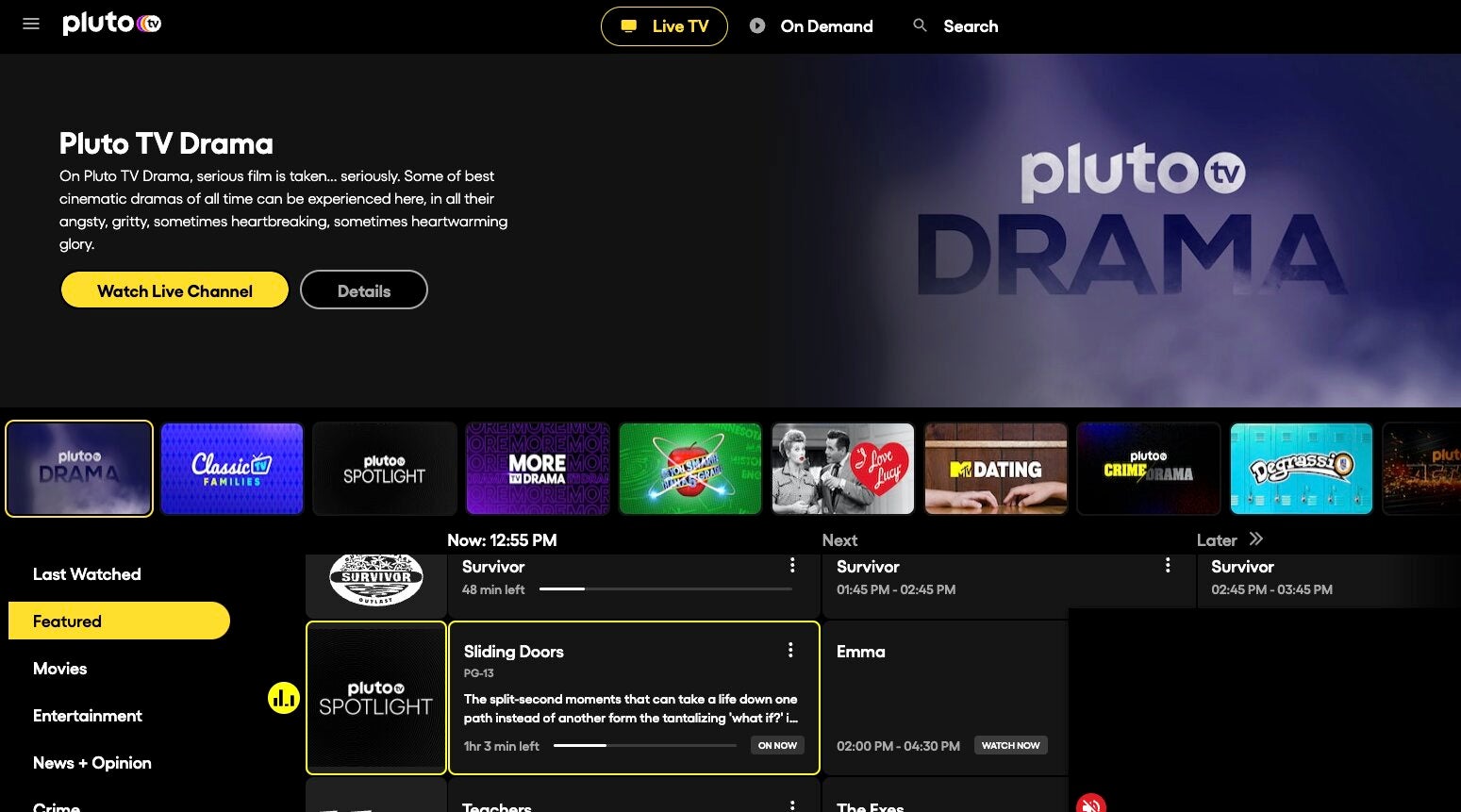What FAST Channels Can Teach Subscription Streaming Platforms
New surveys indicate that platforms like Netflix and Disney+ can learn a thing or two from free ad-supported streamers.

To say that free ad-supported streaming TV (FAST) channels are popular because they’re free is true, in a vacuum. But that statement also lacks context, and as FAST channels continue to grow in number and in usage, there are some lessons subscription video services like Netflix, Disney+, and Hulu can learn from an examination of why FAST channels are gaining steam.
With more than 2 million video titles available to watch these days, the competition for views is fiercer than ever. That has made content discovery a real challenge for streaming providers; the average video streamer spends 10.5 minutes trying to find something new to watch, and 20% simply decide to turn the TV off and do something else rather than spend more time browsing a streaming catalog.
FAST services like Pluto TV, The Roku Channel, and Tubi are outpacing their subscription video-on-demand (SVOD) siblings when it comes to content discovery. A survey from Vevo, as reported by Variety, indicates that 78% of self-identified FAST viewers say that one of the top reasons they go to free streaming platforms is because they feel “well-organized.” That number jumps to 86% among respondents who call themselves FAST lovers and stands in stark contrast to a survey from this summer which showed subscription video services all had relatively low marks when it came to user interface and organization.
Some free streaming services are going the extra mile to ensure that finding new content is simple for users. Tubi, for instance, is currently testing a new search function powered by artificial intelligence that will allow subscribers to ask hyper-specific questions and find the exact title or genre they’re looking for.
Another reason audiences are responding so positively to FAST services is because they’re aggregators for platform-agnostic content. A different report from Variety outlines how many FAST “arms dealers” there are currently; media companies with no FAST services of their own that license their FAST channels to as many platforms as possible.
That’s exactly the opposite strategy that SVOD services use. Original, exclusive programming is an important piece of inventory for streaming services, particularly when it comes to attracting new customers. But it also ensures that popular intellectual properties are spread across myriad streamers, forcing users to subscribe to several at a time to watch all the shows they want. FAST services, on the other hand, aggregate hundreds of channels from different sources without having to worry about appeasing a corporate ally or giving undue help to a competitor. Users love it; 76% of FAST viewers say they seek out these sources because they have a great selection of TV shows, according to the Variety report.
FAST services also take the responsibility of choice off a user’s plate. When a person logs into a FAST service, they are immediately shown what’s on right now, as opposed to being given countless content tiles in endless rows to scroll through. Perhaps a streamer like Max could integrate FAST channels onto its platform in a “Watch Now” section that would let users begin streaming something immediately; Warner Bros. Discovery owns and operates 15 FAST channels according to Variety, and while it still has plans to launch a FAST platform of its own, there has been no public update from the company on such a service in months.
SVOD services house premium content that doesn’t make sense for FAST channels, such as live sports, new movies and more. There is a place for both types of service in the video marketplace, but there are also obvious lessons that subscription video providers can pull from FAST platforms to improve their user experiences.
Max
Max is a subscription video streaming service that gives access to the full HBO library, along with exclusive Max Originals. There are hubs for content from TLC, HGTV, Food Network, Discovery, TCM, Cartoon Network, Travel Channel, ID, and more. Watch hit series like “The Last of Us,” “House of the Dragon,” “Succession,” “Curb Your Enthusiasm,” and more. Thanks to the B/R Sports add-on, users can watch NBA, MLB, NHL, March Madness, and NASCAR events.

